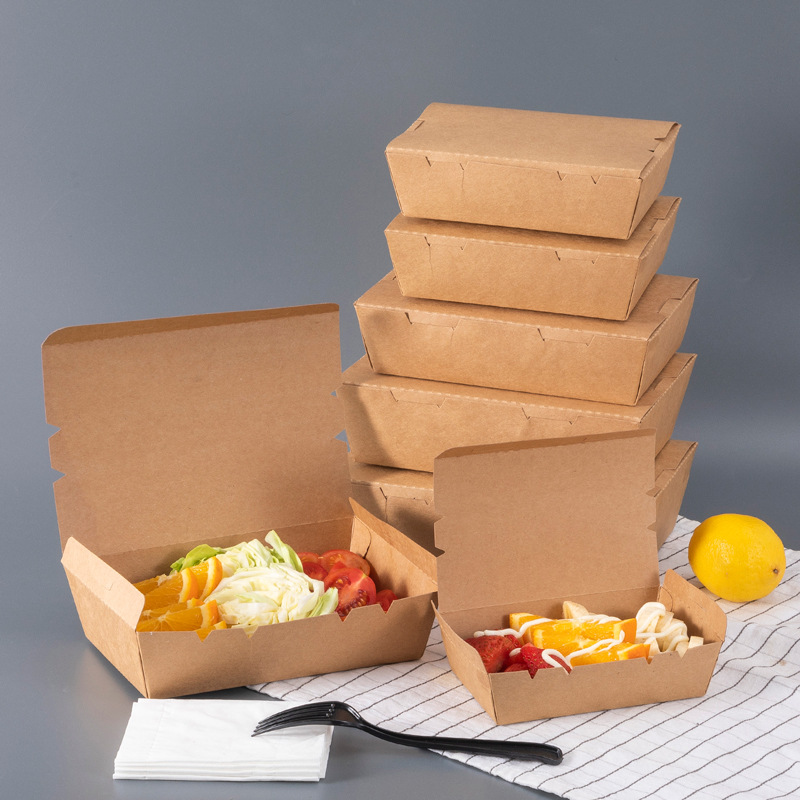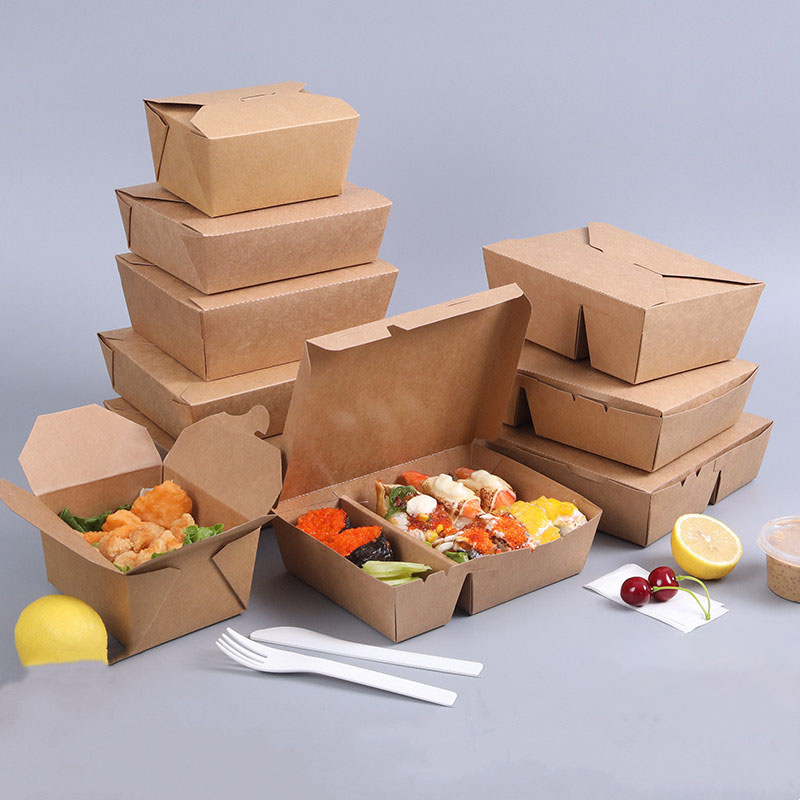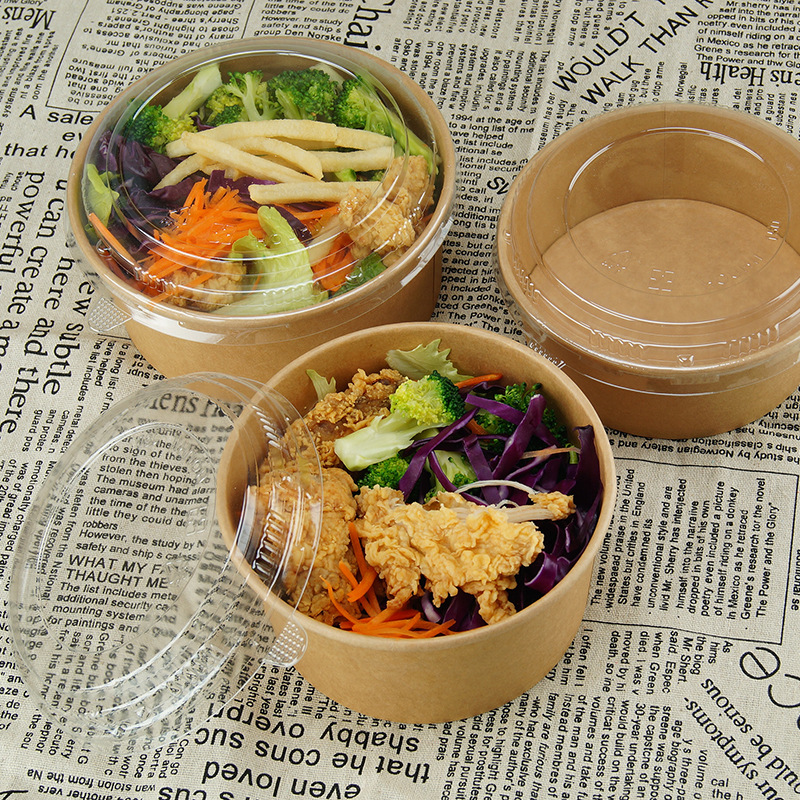To enhance consumer acceptance and willingness to use paper food containers, several strategies can be employed:
1. Education and Awareness Campaigns: Educate consumers about the environmental benefits of using paper food containers over plastic ones. Highlight how paper containers are biodegradable and can reduce plastic waste.
2. Transparent Communication: Clearly communicate the recycling instructions and the environmental benefits of paper food containers on the packaging itself. This transparency can help consumers make informed decisions.
3. Affordability: Ensure that the cost of paper food containers does not significantly exceed that of traditional packaging. If possible, absorb the increased cost during the transition period to encourage adoption.
4. Incentivization: Offer incentives to consumers who choose paper food containers, such as discounts, loyalty points, or rewards. This can make the switch more appealing.
5. Improved Functionality: Develop paper food containers that offer similar or improved functionality compared to plastic ones, such as good heat resistance, leak-proof seals, and microwaveability.
6. Aesthetic Appeal: Design paper food containers that are visually appealing and can double as a plate or have other multi-use functionalities. Attractive designs can increase the perceived value.
7. Branding and Marketing: Use strong branding and marketing to associate paper food containers with sustainability and responsible consumer choices. Influencers and environmental advocates can be valuable in promoting the shift.
8. Partnerships with Food Businesses: Collaborate with food service businesses to use paper food containers in their operations. This widespread adoption can normalize the use of paper containers among consumers.
9. Legislation and Policies: Advocate for policies that encourage or mandate the use of sustainable packaging, such as taxes on single-use plastics or subsidies for eco-friendly alternatives.
10. Consumer Feedback: Engage with consumers to gather feedback on their experiences with paper food containers and use this input to make improvements.
11. Accessibility: Ensure that paper food containers are readily available in stores and food service establishments, making it convenient for consumers to choose them.
12. Demonstrate Durability: Showcase the durability and practicality of paper food containers through demonstrations or product samples, to counter any misconceptions about their fragility.
13. Eco-Friendly Image: Position paper food containers as a key component of a sustainable lifestyle, appealing to consumers who are environmentally conscious.
14. Sustainability Reports: Publish reports detailing the environmental impact of switching to paper food containers, including reduced carbon footprint and waste diversion from landfills.
By implementing these strategies, businesses, governments, and environmental advocates can work together to increase the acceptance and use of paper food containers among consumers.




